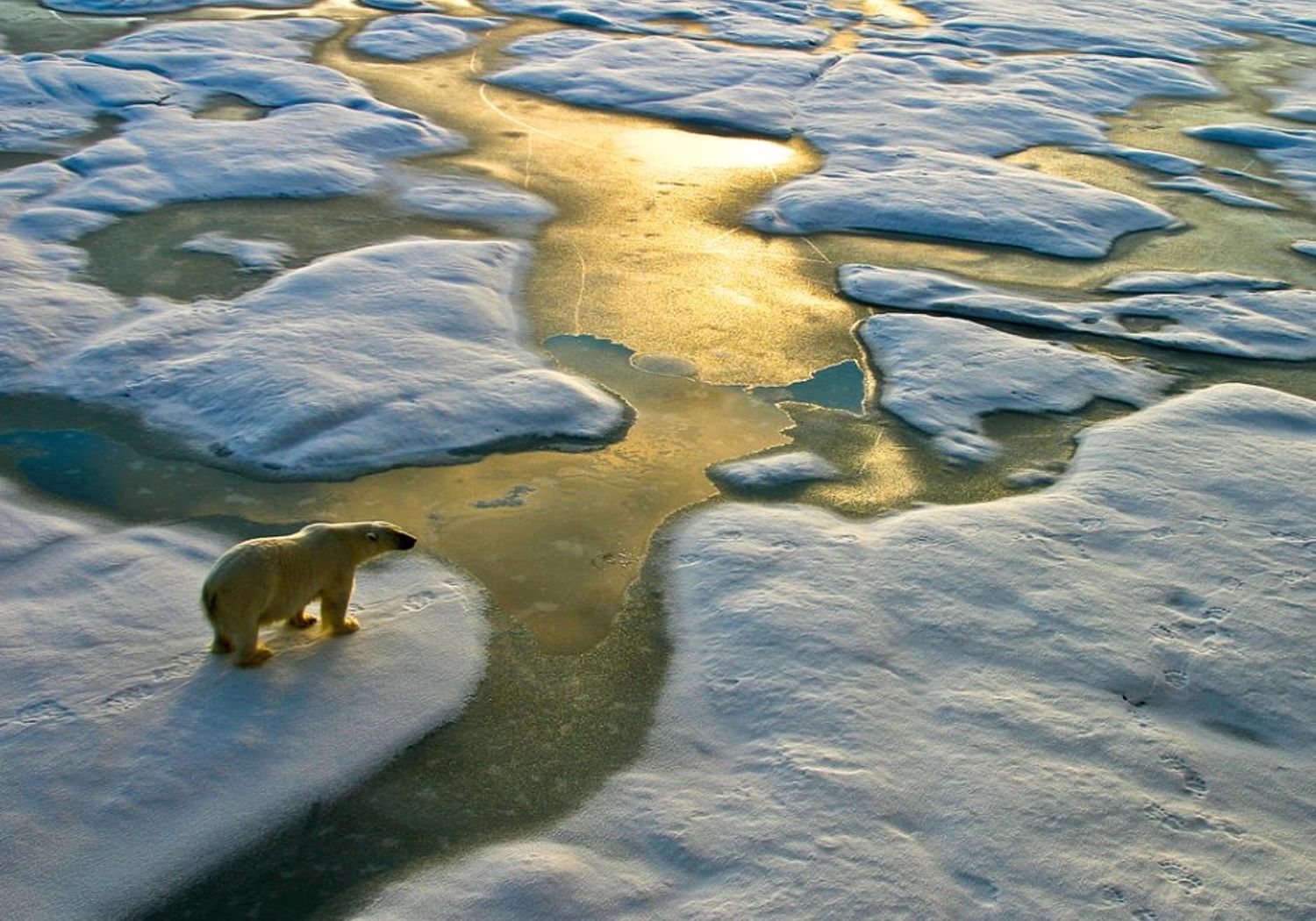Metrology to establish an SI traceable climate observing system
Combining ground, atmosphere and space-based measurements to better understand the drivers of climate change

Remote sensing of Earth from space using the global observation system is the major means of obtaining the trustworthy data needed for climate change research and for providing knowledge to enable policy makers to adopt appropriate mitigation and adaptation strategies. However, this harsh environment can alter the performance of remote-sensing instrumentation. Surface-based networks also require current differences on the Earth’s infra-red radiation spectrum to be resolved.
Building on previous EMRP projects ENV53 MetEOC2 and ENV04 MetEOC and EMPIR project MetEOC-3, this project has developed methodology for a new generation of accurate, cost-effective sensors for ground and space-based observations. A satellite-based spectrometer for traceable measurements on the Earth’s atmosphere has been fully calibrated along with new instrumentation and standards to allow more comparable data on sky radiance from ground-based measurement networks. Analysis algorithms were improved to better determine the location of gas emissions and natural carbon sinks or to account for location-specific characteristics that exist between such things as forests or ocean phytoplankton.
The results are expected to provide trustworthy evidence to policy makers and help timely and measured mitigation strategies to be implemented.
RADIATION PROCESSES IN THE ATMOSPHERE AND OCEAN
IEEE Journal of Selected Topics in Applied Earth Observations and Remote Sensing
IEEE Journal of Selected Topics in Applied Earth Observations and Remote Sensing
A novel C-Band UAV-Radar for 3D characterisation of forest canopy backscatter profiles - Preliminary results
Metrologia
Sustainability
Atmospheric Measurement Techniques
Remote Sensing of Environment
Validation of ocean color remote sensing reflectance data: Analysis of results at European coastal sites
Optics Express
Remote Sensing of Environment
Ecological Solutions and Evidence
IEEE Geoscience and Remote Sensing Letters
Remote Sensing
IEEE Transactions on Geoscience and Remote Sensing
Frontiers in Marine Science
Remote Sensing of Environment
Spectroradiometer spectral calibration, ISRF shapes, and related uncertainties
Participating EURAMET NMIs and DIs
Aalto (Finland)
CMI (Czechia)
NPL (United Kingdom)
PMOD/WRC (Switzerland)
PTB (Germany)
Other Participants
Bergische Universitaet Wuppertal (Germany)
Forschungszentrum Juelich GmbH (Germany)
Hukseflux Thermal Sensors BV (Netherlands)
JRC - Joint Research Centre - European Commission (European Commission)
Karlsruher Institut fuer Technologie (Germany)
Maanmittauslaitos (Finland)
Rayference SPRL (Belgium)
The University of Reading (United Kingdom)
Universitaet Zuerich (Switzerland)
Universiteit Gent (Belgium)
University of Surrey (United Kingdom)
Information